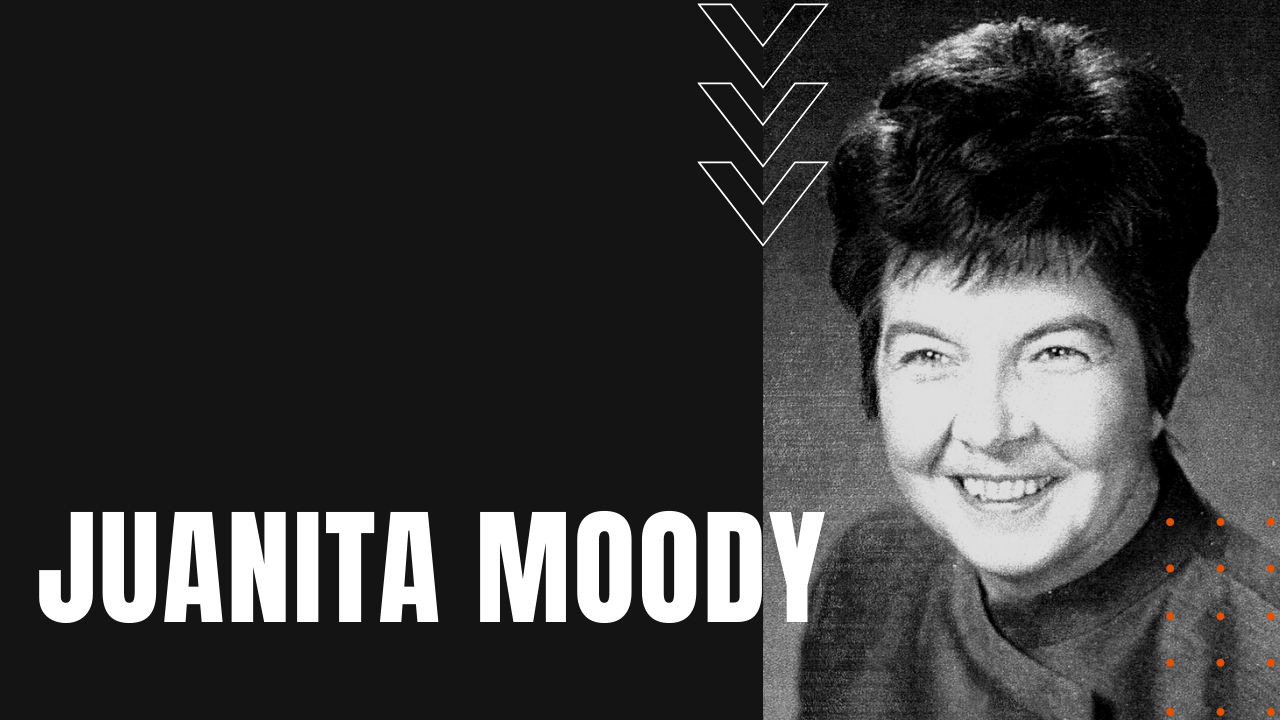Juanita Moody: The Analyst That Identified a Cuban Missile Crisis

Arguably the most dangerous period in the history of civilization, the Cuban Missile Crisis remains one of the most glaring omissions in American spy history, when at first the intelligence community failed to discover the buildup of a Soviet nuclear arsenal on Cuba, less than 100 miles from American soil.
Who was Juanita Moody?
Trained in Cryptanalysis by the U.S. Signal Intelligence Service—the precursor to the National Security Agency or NSA—38-year-old Juanita Moody’s world involved eavesdropping on radio transmissions, radar data, electronic communications, weapons systems readings, shipping manifests and more.
Before the Bay of Pigs fiasco, Fidel Castro had been lukewarm about Soviet overtures and support, but when the United States tried to crush his regime, he swiftly altered course. When Moody noted the advent of microwave communications systems on Cuba, the NSA responded by establishing new intercept facilities in southwest Florida, while flying more U-2 surveillance flights over Cuba. The Navy deployed listening ships into the international waters surrounding Cuba, which quickly noted an uptick in Soviet maritime traffic into Cuban ports, including the clandestine unloading of tanks and weapons under the cover of darkness.
At the same time, communication intercepts in Europe overheard Spanish-speaking MiG pilots-in-training in the skies over Czechoslovakia. At the behest of Assistant Secretary of Defense, Edward Lansdale, Moody wrote down her ominous findings about Cuba, yet her report was blocked for months by the deputy director of the NSA, Louis Tordella. After Moody pleaded with Tordella time and time again, her report was finally circulated amongst the U.S. intelligence community and President John F. Kennedy, U-2 spy flights above Cuba resumed after a five-week moratorium over concerns for pilot safety.
928 images were sent to the CIA’s National Photographic Interpretation Center, which revealed the presence of missile batteries positioned on Cuban military installations, including nuclear ballistic missiles with a range of 2,400 miles. Once JFK announced the threat and subsequent blockade of Soviet naval vessels to the island of Cuba, tensions escalated toward all-out nuclear war.
Juanita Moody Alerts the United Nations
Two days after JFK’s broadcast, U.S. warships caused a Soviet destroyer to redirect away from Cuba in the middle of the night, prompting Moody to place an urgent call to Adlai Stevenson, the U.S. ambassador to the United Nations, who was slated to address the UN Security Council the following day. When State Department officials refused to put her through, she dialed the number for his hotel room directly. “I called New York and got him out of bed,” she recalled in documents declassified in 2016.
“I did what I felt was right, and I really didn’t care about the politics.”
Juanita Moody
The next day, Stevenson called out the Soviets on the floor of the UN Security Council, forcing the U.S.S.R. to admit to the presence of nuclear warheads on Cuba. The crisis finally ended on October 28th when JFK and Soviet Premier Nikita Khrushchev reached a secret agreement, which called for the removal of Soviet missiles on Cuba in exchange for the removal of US missiles in Turkey, which posed an equal geographic threat to Russia and her Eastern Bloc satellites.
